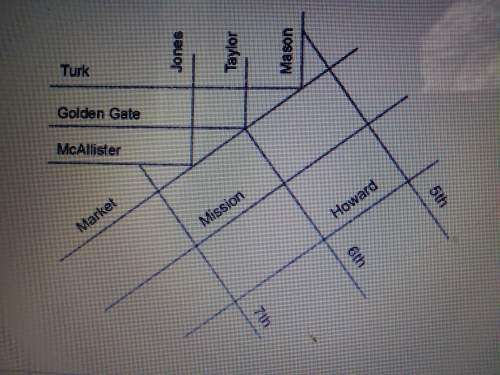
Mathematics, 07.11.2019 00:31 bob7220
In this question we will use a basic example to learn about bayesian statistics, which models parameters with prior distributions (sometimes to indicate uncertainty in our beliefs). suppose that you have a coin which may not be fair. its parameter p, which is the chance of landing heads, could in theory lie anywhere in the range [0, 1]. you flip this coin one time and let x draw some conclusions about p. let's choose a prior distribution for this parameter, and assume that p is drawn from a uniform[0, 1] distribution. heads, and now would like to (a) write down a hierarchical model for this scenario, which should be of the form (some variable) ~(some distribution) (some other variable) | (the first variable) ~(some distribution) (b) now calculate the following: for any t e [0, 1], find p(p < t, x 0) and p(p t, x 1). to do these calculations, you are working with a joint distribution where one variable is discrete and one is continuous; intuitive rules will apply for combining integrals and sums, etc. for example it's fine to write p(x = 1 | p = p) = p. (c) finally calculate the conditional distribution of p, given that you observe x = 1. to do this, start with the conditional cdf, i. e. p(pt|x 1), then get the density. in bayesian statistics, the conditional distribution of p given our observed value of x, is called the posterior distribution for p-meaning its distribution after observing the data (which in this case is x, the data from tossing the coin)

Answers: 1


Other questions on the subject: Mathematics

Mathematics, 21.06.2019 19:00, joshdunsbuns143
Apool measures 12.3 feet by 16.6 feet. if the longer wall of the pool has a diagonal of 17.8 feet, what is the volume of the pool? (round to nearest tenth)
Answers: 1

Mathematics, 21.06.2019 20:40, mimithurmond03
In each of the cases that follow, the magnitude of a vector is given along with the counterclockwise angle it makes with the +x axis. use trigonometry to find the x and y components of the vector. also, sketch each vector approximately to scale to see if your calculated answers seem reasonable. (a) 50.0 n at 60.0°, (b) 75 m/ s at 5π/ 6 rad, (c) 254 lb at 325°, (d) 69 km at 1.1π rad.
Answers: 3

Mathematics, 21.06.2019 21:10, summer5716
Lines b and c are parallel. what is the measure of 2? m2 = 31° m2 = 50° m2 = 120° m2 = 130°
Answers: 2

Mathematics, 21.06.2019 21:50, rubieceleste548
Rachel is studying the population of a particular bird species in a national park. she observes every 10th bird of that species that she can find in the park. her conclusion is that the birds living in the park who belong to that species generally feed on insects. rachel's sample is . based on the sample she picked, rachel's generalization is . reset next
Answers: 1
You know the right answer?
In this question we will use a basic example to learn about bayesian statistics, which models parame...
Questions in other subjects:

Mathematics, 25.04.2020 02:08


Mathematics, 25.04.2020 02:08




Physics, 25.04.2020 02:08

History, 25.04.2020 02:08


Mathematics, 25.04.2020 02:08




